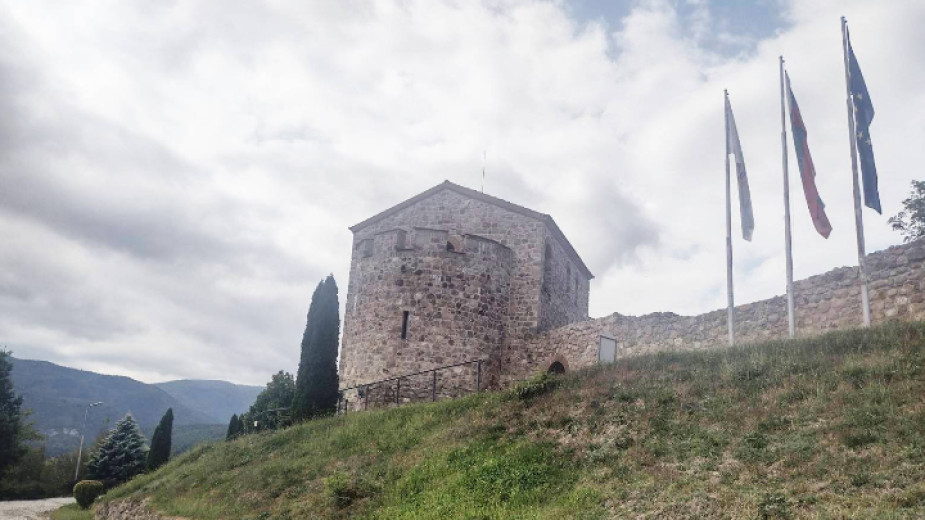 13
13

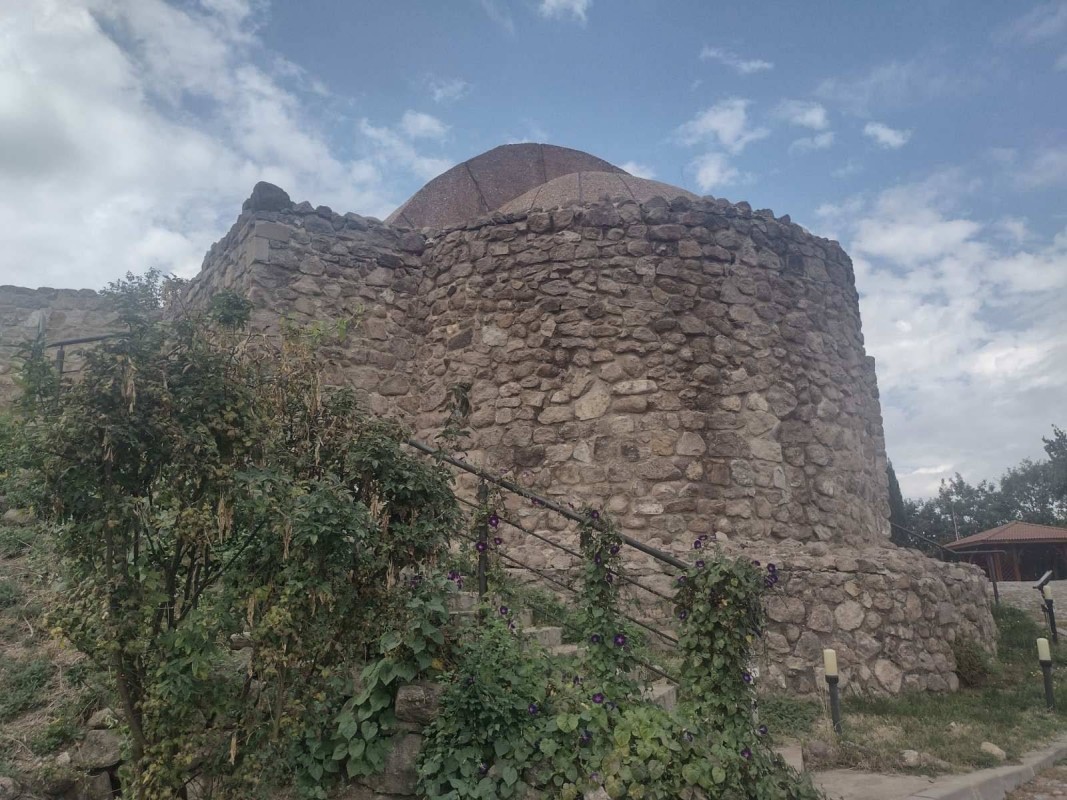
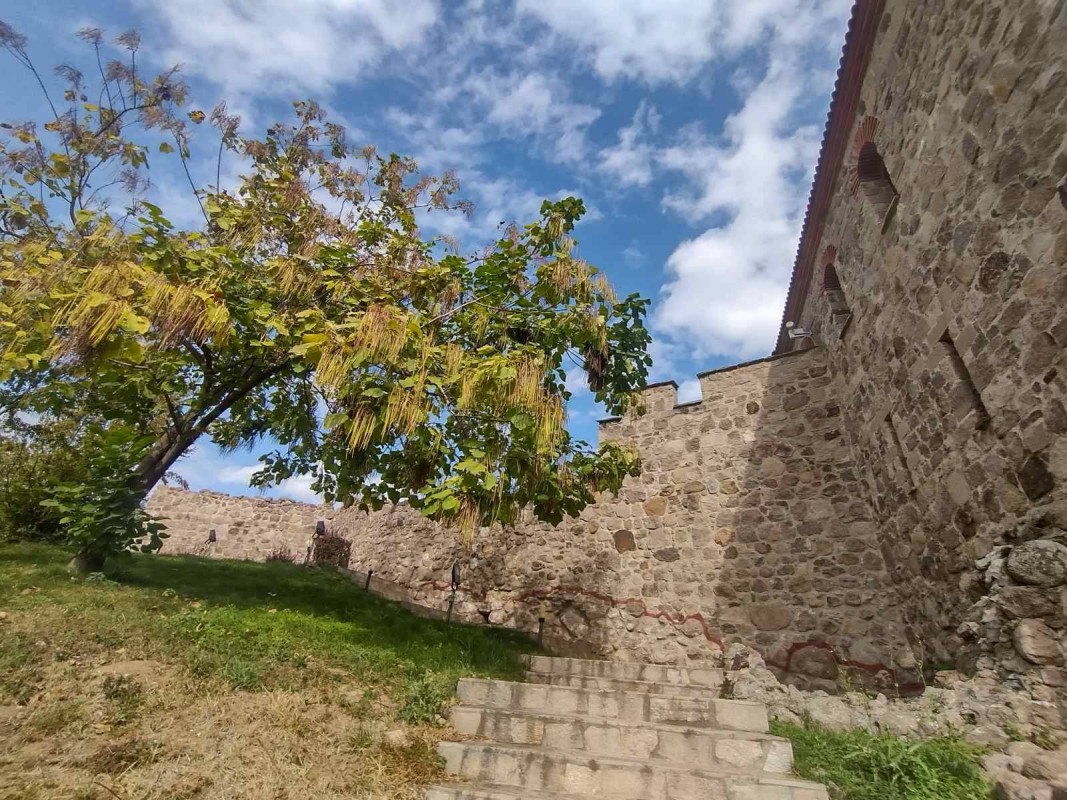
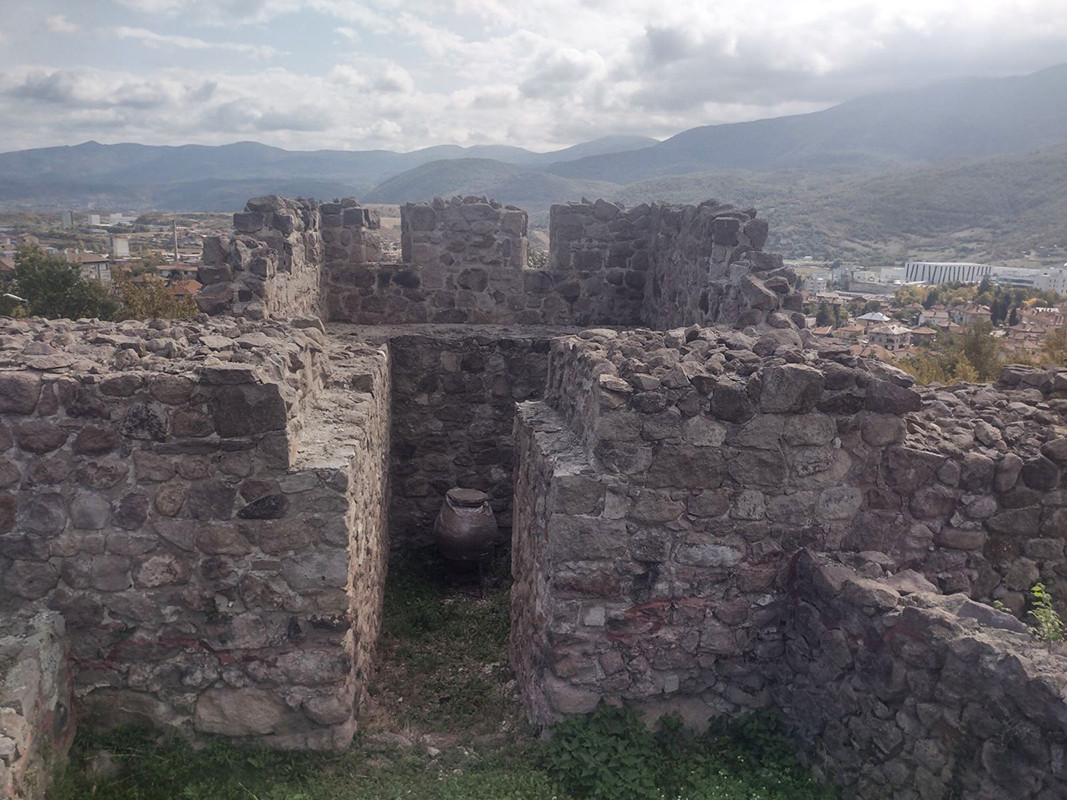
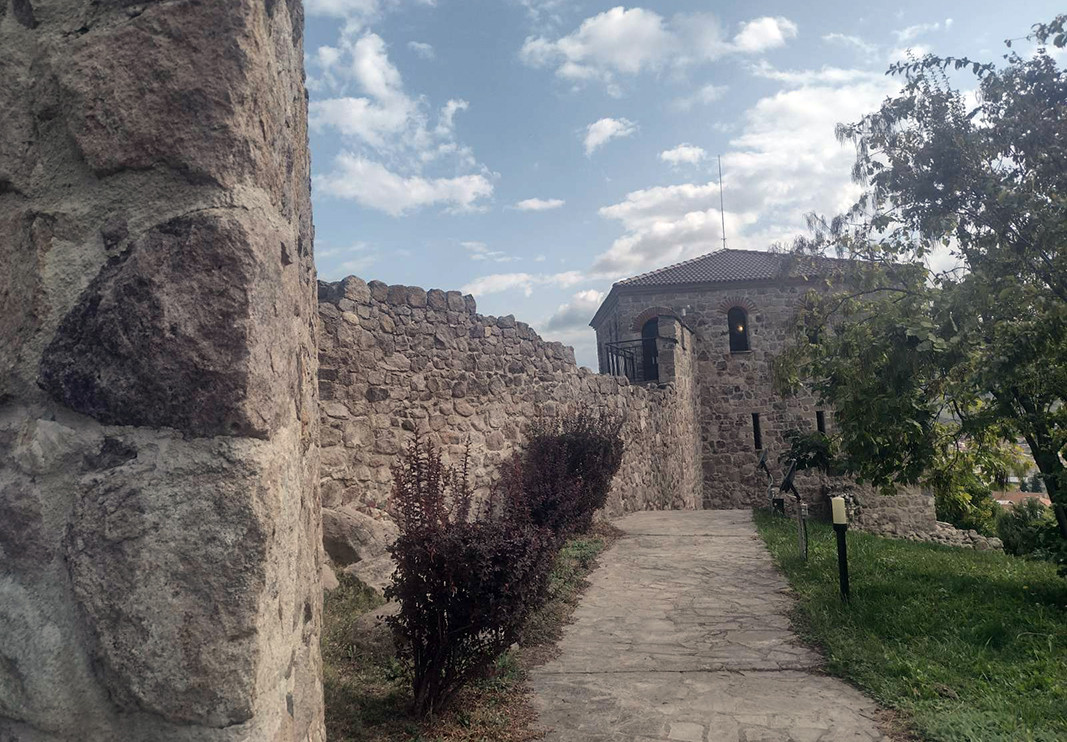
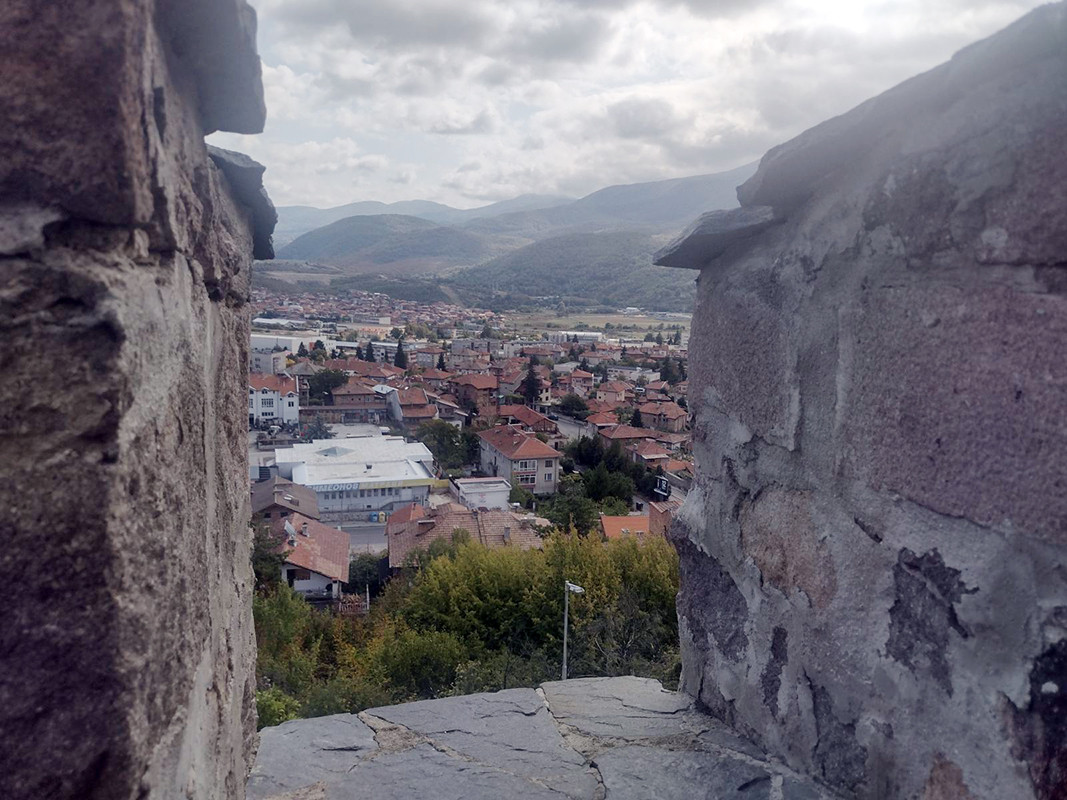
The Bachkovo Monastery is one of the most significant spiritual centers of Bulgaria. Founded in 1083 by Gregory Bakuriani, a Byzantine general of Georgian origin, this monastery preserves the Bulgarian Orthodox traditions combined..
The dry and hot weather does not favor farmers, but it helps salt farmers - the people who mine salt near the Black Sea coast. Salt production is one of the oldest activities in Pomorie. The Pomorie salt pans has been existing since the 5th century BC...
Rila is among the most attractive Bulgarian mountains, both for Bulgarians and for guests from abroad. The highest peak not only in Bulgaria, but also on the Balkan Peninsula - Musala (2925 m) is located here, as the name means "close to God"...

+359 2 9336 661
